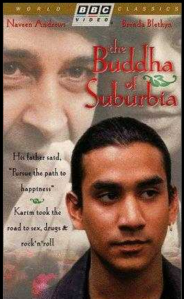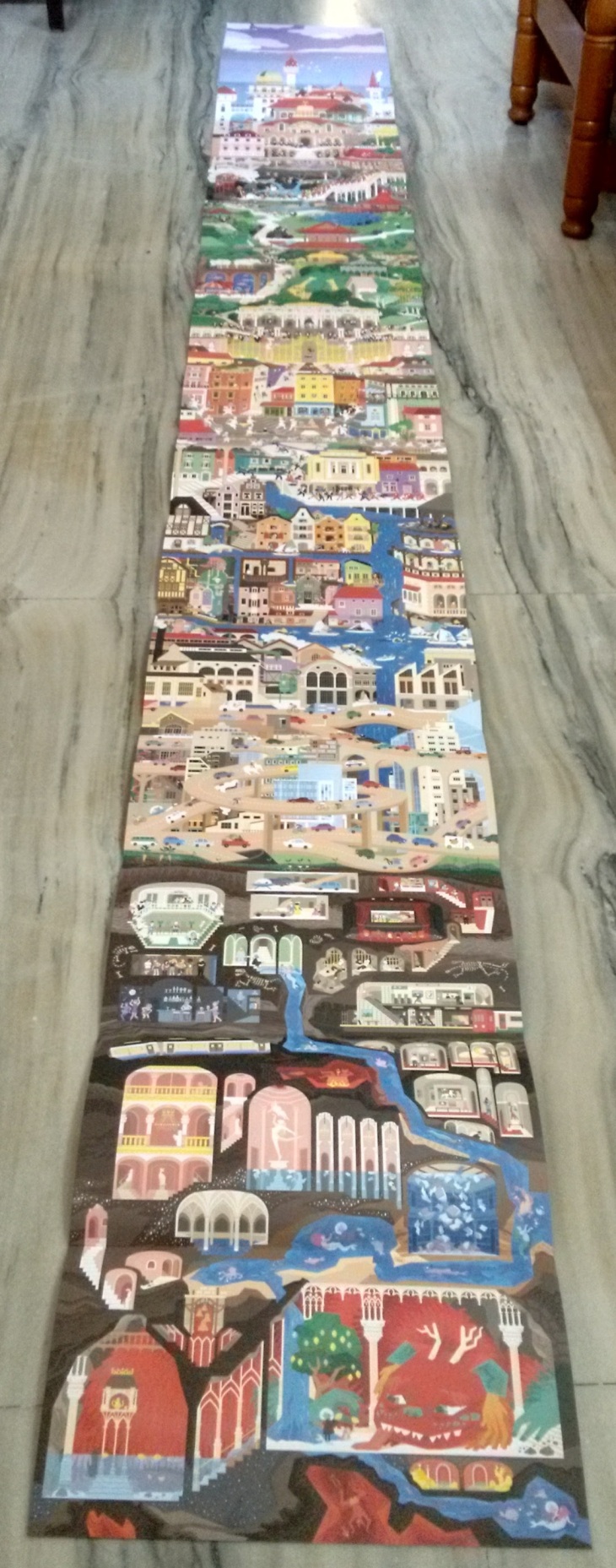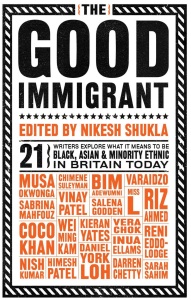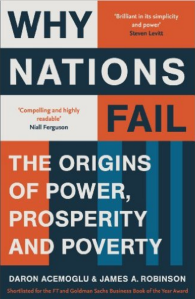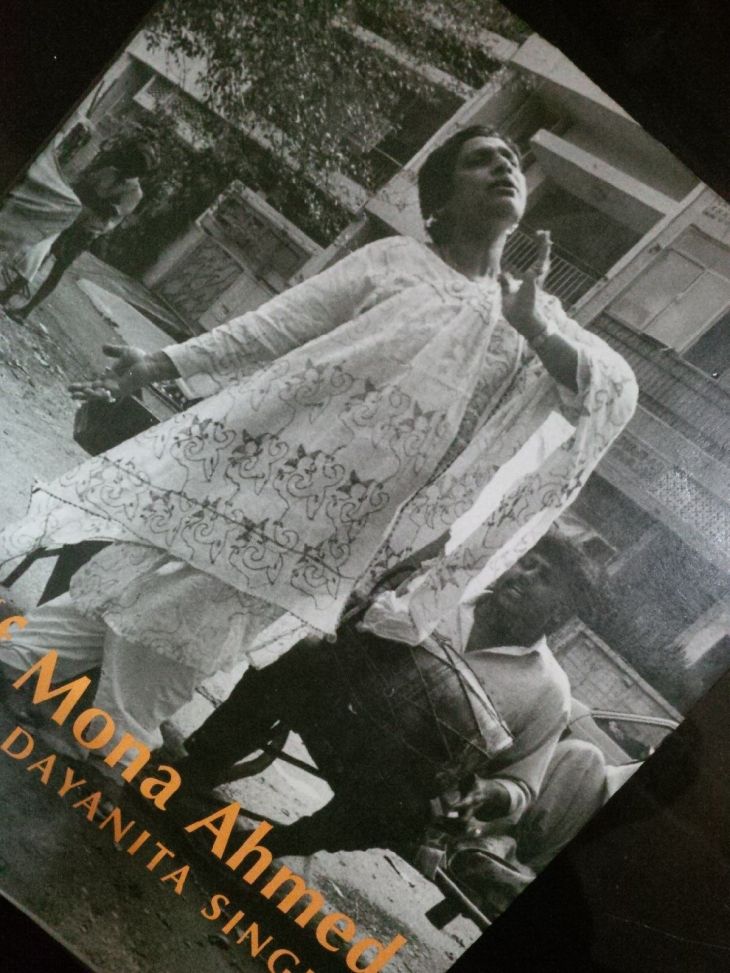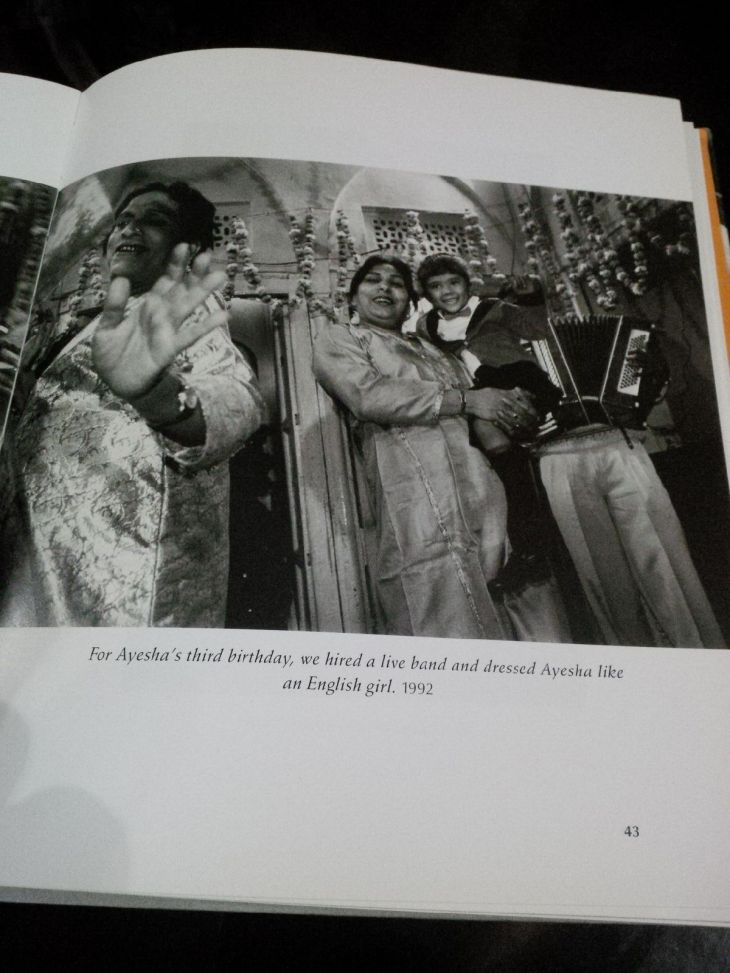The Buddha of Suburbia was published in 1990. It was contemporary then and still remains so, and will continue as such for its themes will be always relevant. It fortunately doesn’t have a so-huge-you-may-forget-soon cast of characters. It is narrated by Karim Amir, 17, the son of an Indian immigrant father Haroon, who has a revived interest in all things Zen. His mother, Margaret, is a dutiful wife and works in a shoe-shop. Karim struggles to break off from his ‘Indianness’ while racism of modern London pokes its head everywhere. Abject honesty marks Hanif’s writing: he doesn’t mince words to describe Karim’s father’s hanging anatomy while practicing yoga, Karim’s sexual affairs of youth and age, and raw emotions which rummage through the lives of people in Karim’s world.
It is sharp, witty, and brutal. There is an unseen frankness throughout. Karim wonders about his own conceiving when he sees his father in the garden on top of Eva, a friend of Haroon interested in all things, well, Zen: ‘Was I conceived like this, I wondered, in the suburban night air, to the wailing of Christmas curses from the mouth of a renegade Muslim masquerading as a Buddhist?’. After few divorces and lot of pages, when Haroon enquires about Margaret, Karim informs him there is another man in her life. Surprised by this, Haroon wonders if his decision to leave her for Eva was right. It is right then that Karim mentions: ‘He sat there trying not to mind her, but the resentment was going deep. All the same, I was surprised by him. Was it only now, after all this time, that he realized the decision to leave our mother was irrevocable? Perhaps only now could he believe it wasn’t a joke or game or experiment, that Mum wasn’t waiting at home for him with curry and chapatis in the oven and the electric blanked on’. It is the last statement which is reflective of us humans – always sure about ending relationships but the guilt, the pain gnawing at our conscience at all times. It is the last statement which is one of the many highlights of Hanif’s observant writing.
Throughout his life, Karim was confused, questioning himself and his decisions, doubting his self, and lacking confidence. However, after lot of successful theatre plays and romps, he drowns in the drama of family life when Eva and his dad announce they are getting married: ‘I could think about the past and what I’d been through as I’d struggled to locate myself and learn what the heart is. Perhaps in the future I would live more deeply. And so I sat in the centre of this old city that I loved, which itself sat the bottom of a tiny island. I was surrounded by people I loved, and I felt happy and miserable at the same time. I thought of what a mess everything had been, but that it wouldn’t always be that way’. Again, it is this last statement which is a window to the hopes of Karim, of everyone living, that the future wouldn’t always be so, that the past was an event of sadness and the future would be of elation. It is this last statement which celebrates the human belief in the changing their lives bit by bit or otherwise. However, it is this last statement which I did not expect. I expected Karim to be in the same state of mind as he was when a teenager: confused, lost, and trying to find a way out. I hoped success, in his own way, wouldn’t corrupt his mind to new possibilities. It was in his suffering that I could find company and not in his elation.
And then went over to watch the four-part TV series by the same name. With descriptions of Haroon still whirring around in my mind, I expected Saeed Jaffrey to be playing Karim’s father, but it turned out to be Roshan Seth. Though many episodes of Karim’s life have been not touched, various details missing (like how Haroon came to be in England in the first place; Jamilia’s mother’s life after passing away of Anwar), it is a befitting take on modern life, though is nearly 25 years since the modernity of those years took shape in the form of this series. sometimes what’s shocking in the book, isn’t so in the series. And what’s washed over in the series, is right there in the book, dancing away in merriment full of vivid colours. Like the experimental scene in New York with Karim and Charlie with a girl. It’s a pleasure to read it, but not so much to watch the bland enacted scenes. David Bowie was an unexpected surprise though.
